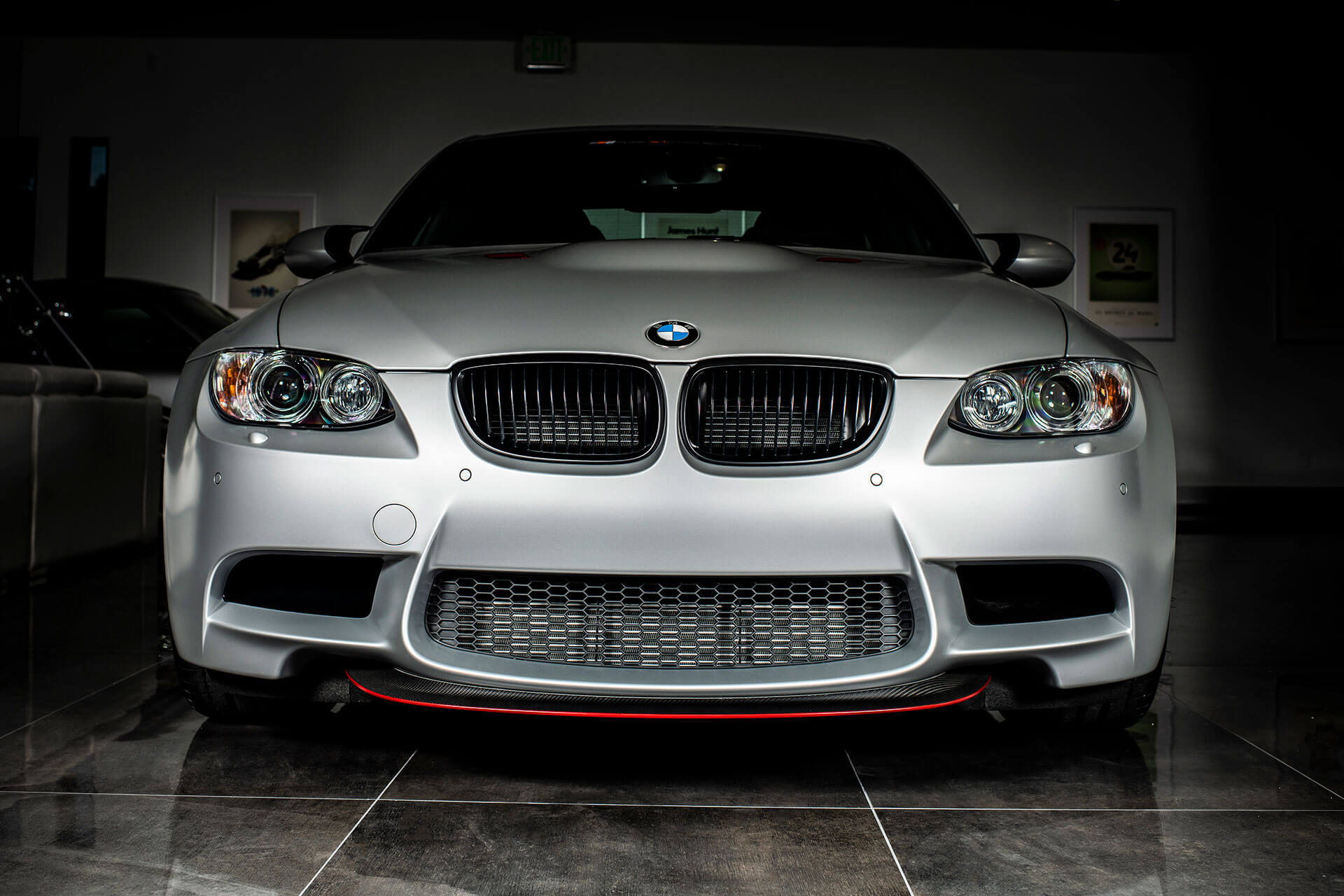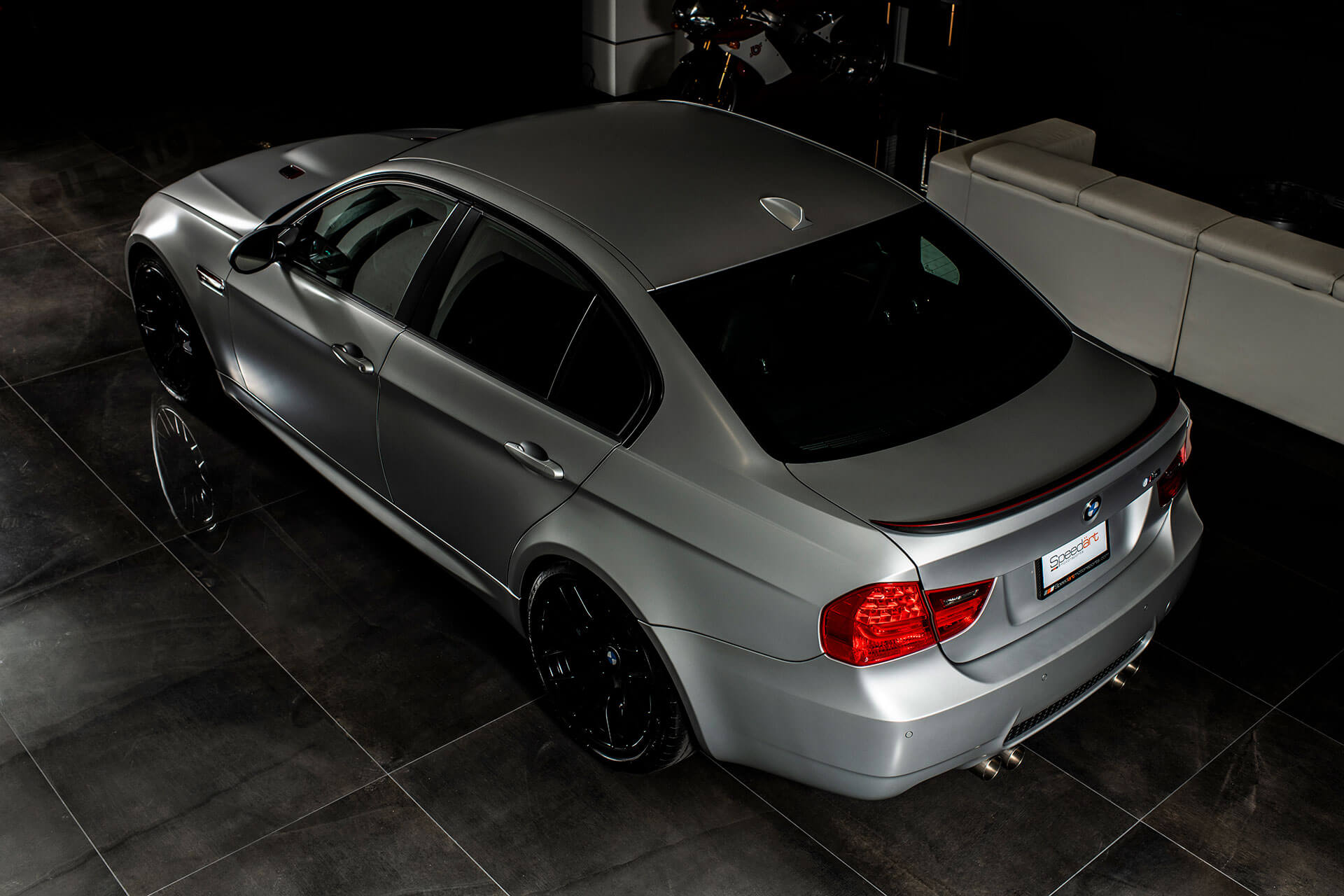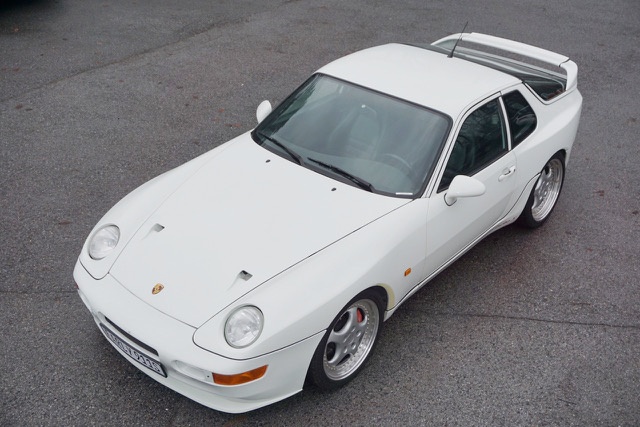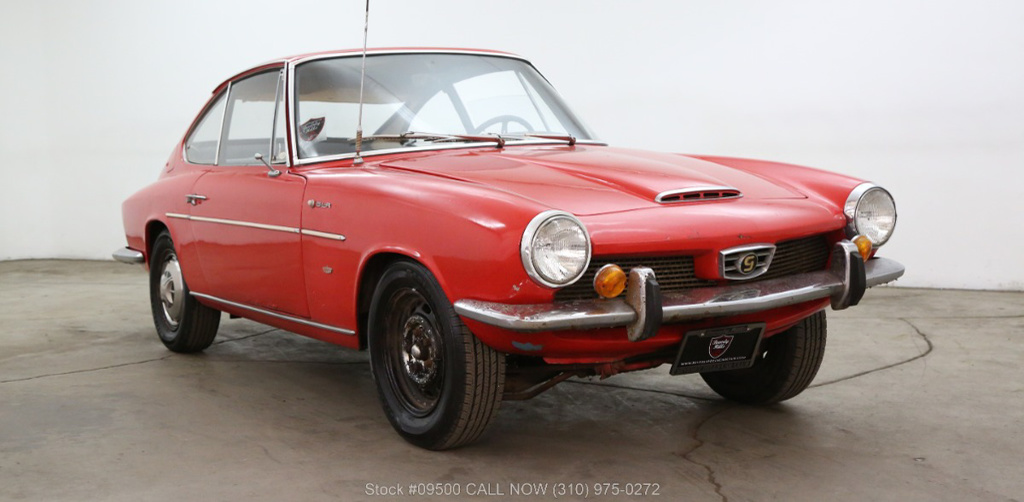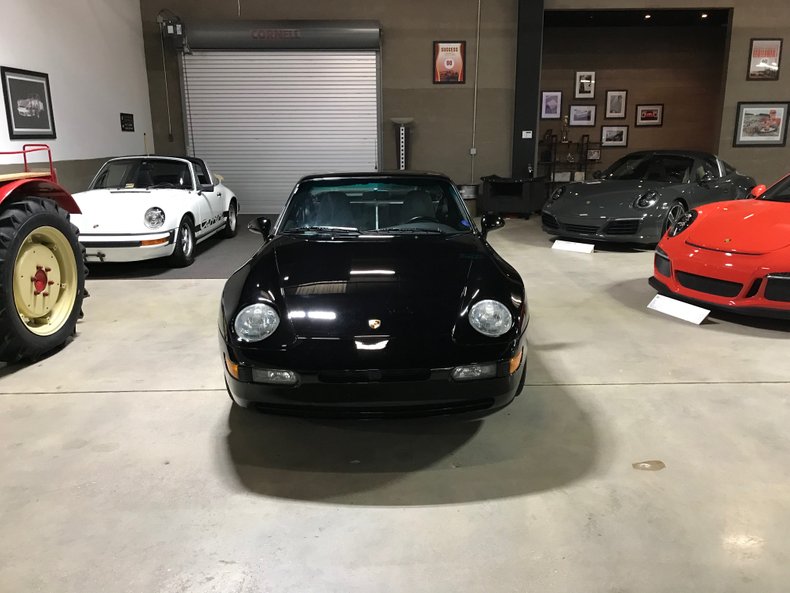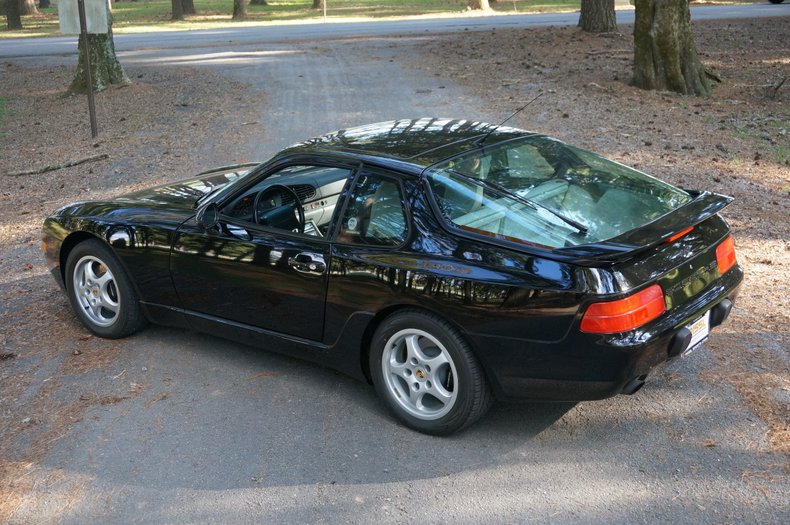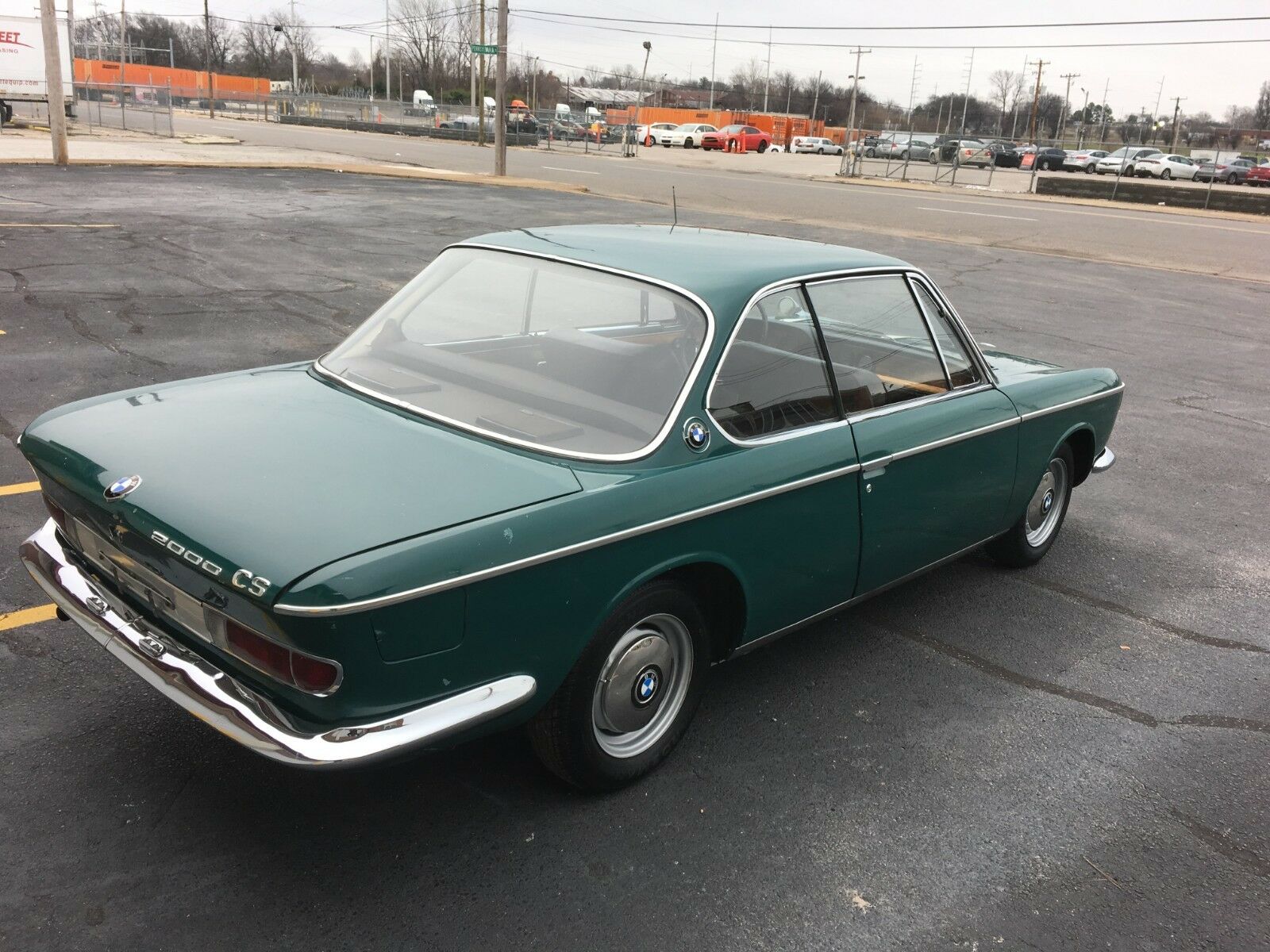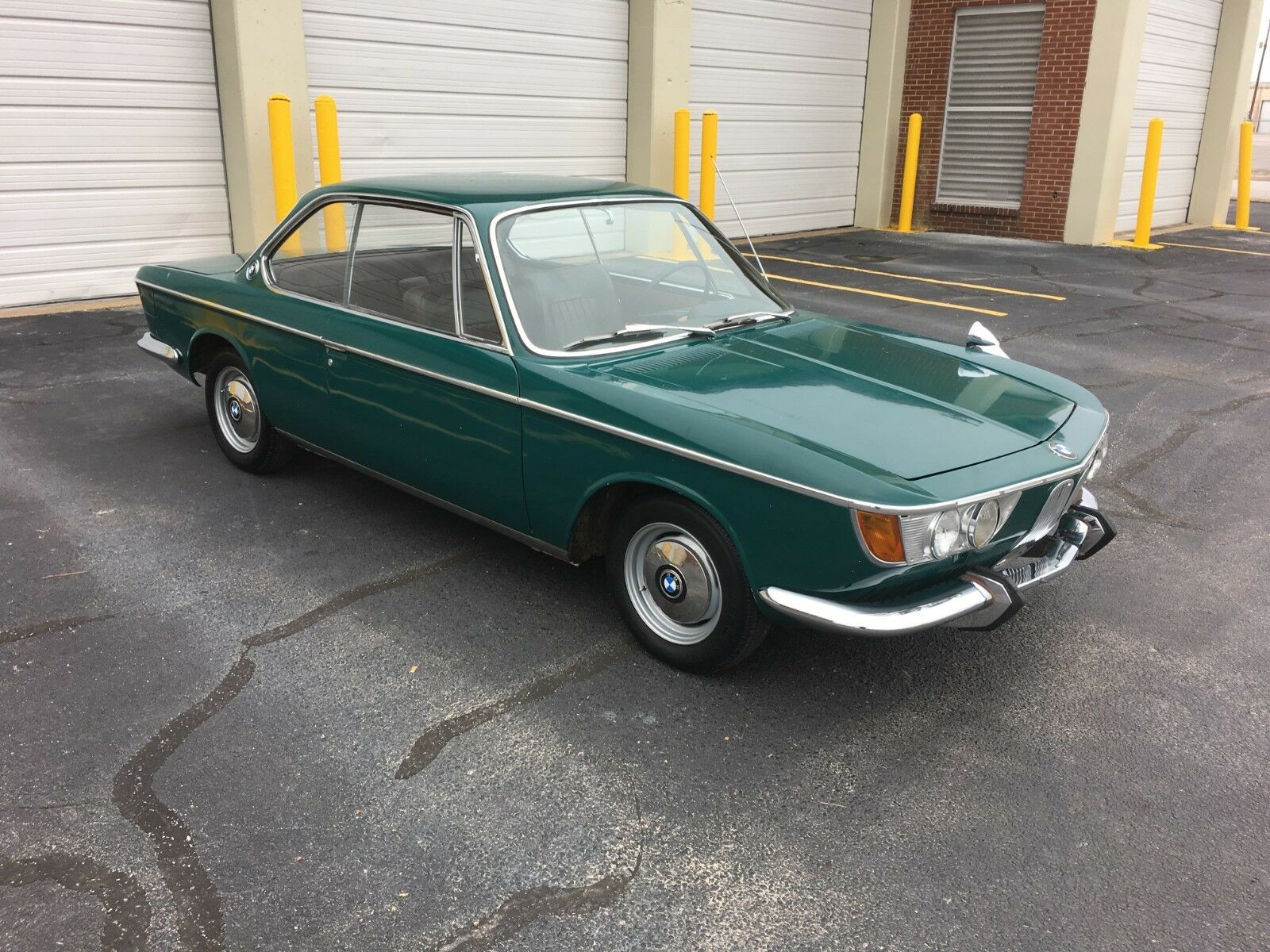Continuing on the theme of lightweight, Europe-only specials of a fan-favorite chassis, here’s one I’m willing to bet a fair amount of you aren’t aware of. BMW launched several special variants of the E9x chassis, and we saw some of them – the Lime Rock Park Edition being the most notable – but in total BMW produced a hard-to-fathom 28 special variations of the E9x Ms. As a result, you’re forgiven if you didn’t remember all of them!
CRT stands for “Carbon Racing Technology”, but perhaps ironically it was BMW’s carbon-intensive road cars that led to the model. Spare cuttings from the carbon passenger cells of the i3 and i8 models were recycled and molded into body pieces for this special M3 sedan, while motivation came from the M3 GTS’s upgraded S65B44 V8. Stroked to 4.4 liters and with a lightweight titanium exhaust, the enlarged V8 was rated at over 440 horsepower (20+ over a standard S65B40), while torque was up 30 to 325 lb.ft at a lower 3,750 rpms. BMW produced a total of 68 cars, of which 67 were sold to the public, all in identical Frozen Silver Metallic with Sahkir Orange accented interiors:
